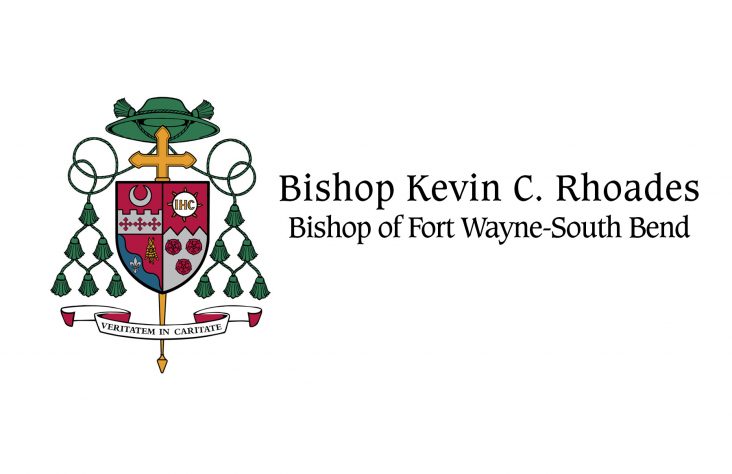September 9, 2009 // Uncategorized
St. Paul was born in Tarsus
Where was St. Paul born?
St. Paul was born in Tarsus in modern southeast Turkey or ancient Asia Minor in the area called Cilicia during the first years of the Christian era. St. Paul is often called Saul of Tarsus. Saul is the Hebrew and Paul is the Roman name. St. Paul was born a Jew, but he also became a Roman citizen. Tarsus today has about 130,000 inhabitants.
E. Blake says the city of Tarsus existed 4,000 years before St. Paul was born. It was one of the important towns of the ancient Hittite empire. Originally Tarsus was a seaport town. Its harbor was a large lagoon opening on the Mediterranean Sea. But the lagoon has silted up. Now Tarsus is about nine miles from the sea and lies in the midst of rich farm land.
The Cydnus River flows through the city of Tarsus. Alexander the Great of Macedonia nearly drowned in this river in 333 B.C. Alexander made Tarsus one of his major mints. Queen Cleopatra of Egypt sailed up the Cydnus river on a decorated barge rowed by her slaves in 41 B.C. to meet the famous Mark Anthony. The Roman orator Cicero lived in Tarsus in 50 B.C. The Roman emperor Julius Caesar visited Tarsus in 47 B.C.
Besides St. Paul, Theodore was also born in Tarsus and then became the archbishop of Canterbury in England in A.D. 668. Long before these famous people, the Assyrian king Sennacherib captured and sacked Tarsus in 696 B.C. A large rectangular cement enclosure near the center of town is called the tomb of Sennacherib’s grandson Ashurbanipal (or Sardanapalus). This monument could have been a temple to the god Tarz for whom Tarsus is named.
A. Edmonds says St. Paul attended school in the large Jewish community in Tarsus and learned the trade of tent-making. St. Paul probably grew up knowing Aramaic (the language Jesus spoke), Hebrew, Greek (the business language of this time), Latin, and maybe the local dialect. As a young man, St. Paul went to Jerusalem to study under Gamaliel. St. Paul belonged to the pharisees, a Jewish sect that holds both Scripture and tradition to be valid and binding.
M. Grant says Tarsus was the center of famous philosophical schools. Tarsus also had perfume industries.
At Tarsus today, you can see Cleopatra’s Gate, also called St. Paul’s Gate. You can also see St. Paul’s well, said to be the well of the house in which St. Paul was born. Fodor says at Tarsus there are Roman baths and temples standing next to a basilica that is now a mosque. What is said to be the tomb of Seth, the son of Noah, is at Tarsus.
There is a hippodrome of St. Paul’s time at Tarsus, as well as an ancient theater. There is also a concrete podium called the “Frozen Stone.” In the foothills of the Taurus mountains, nine miles northwest of Tarsus, is the Cave of the Seven Sleepers where Christian neophytes are said to have slept for 300 years to escape persecution. There is another Cave of the Seven Sleepers at Ephesus in Turkey. Ancient engineers cut a pass through the northern mountains to the Cilician Gates. Both Xerxes and Alexander the Great passed through here.
The best news. Delivered to your inbox.
Subscribe to our mailing list today.





